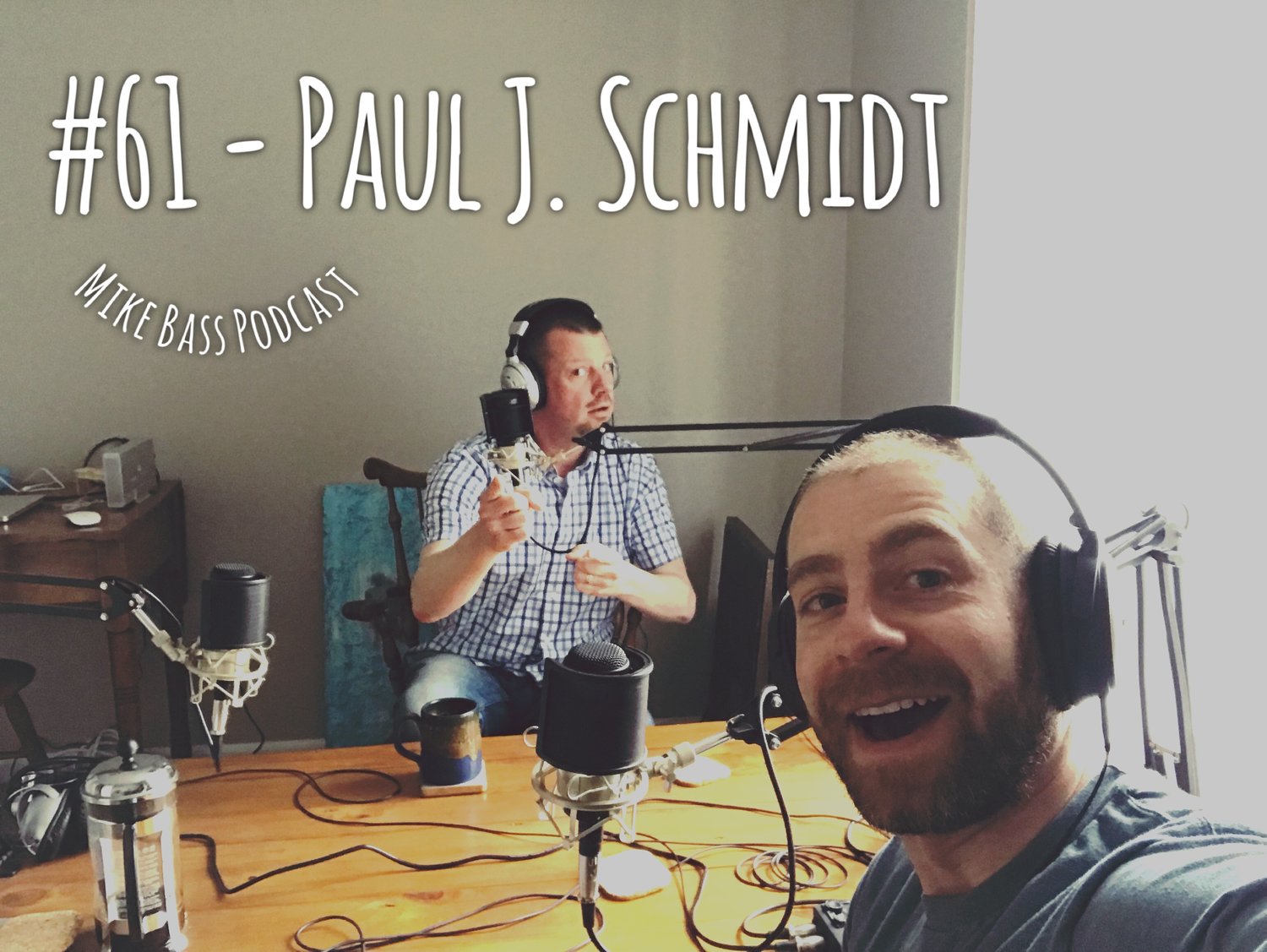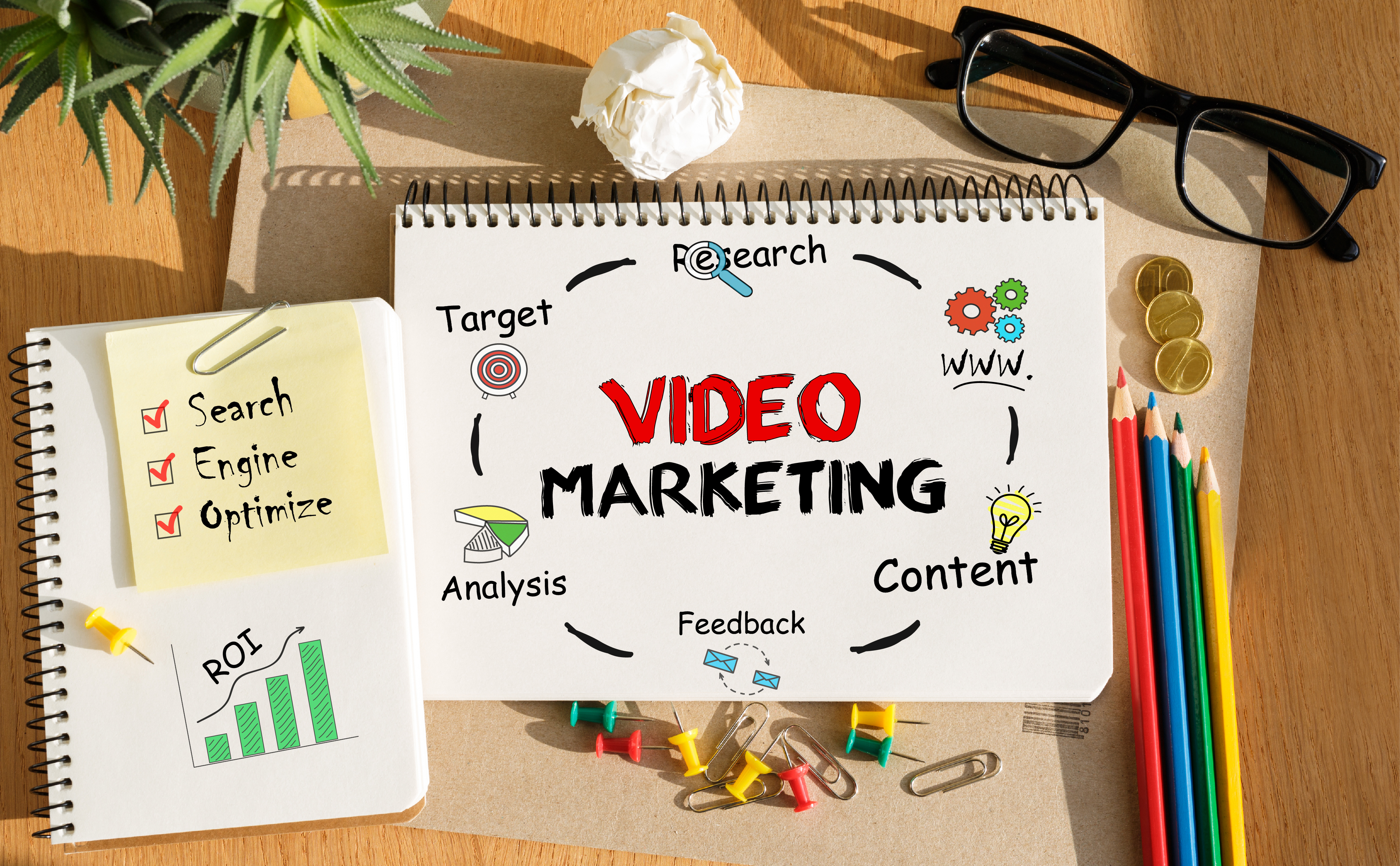#BetterCallPaul – July 2019 Recap
ICYMI – Five new videos went up on our main channel for five different organizations, each with their own unique offerings. Between barbecues, VR home searches, and helping the community, we covered it all this month.
Check out our main channel to watch all of these and more: https://bit.ly/2I6AGWr











 Recognize and Reward Accomplishment
Recognize and Reward Accomplishment Emma Sturgis
Emma Sturgis



 Alex Craig, the founder of the Dolinski Group, a real estate agency team part of Coldwell Banker Hubbell-BriarWood in Lansing, Michigan (at the time of this writing) has been using his marketing skills and knowledge to help homeowners get more exposure for their home, more showings, more offers, and ultimately, get their home sold for more and faster than other real estate agents. He has used his skills to market clients homes in every available marketing channel possible — from direct-mail, to Facebook Ads, to Google AdWords.
Alex Craig, the founder of the Dolinski Group, a real estate agency team part of Coldwell Banker Hubbell-BriarWood in Lansing, Michigan (at the time of this writing) has been using his marketing skills and knowledge to help homeowners get more exposure for their home, more showings, more offers, and ultimately, get their home sold for more and faster than other real estate agents. He has used his skills to market clients homes in every available marketing channel possible — from direct-mail, to Facebook Ads, to Google AdWords.
 Rundown:
Rundown: John Forsberg, Founder & CEO, i2Integration
John Forsberg, Founder & CEO, i2Integration